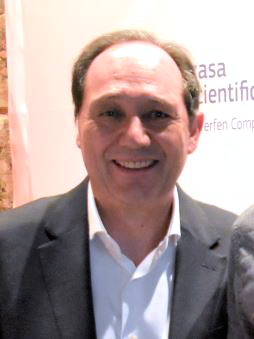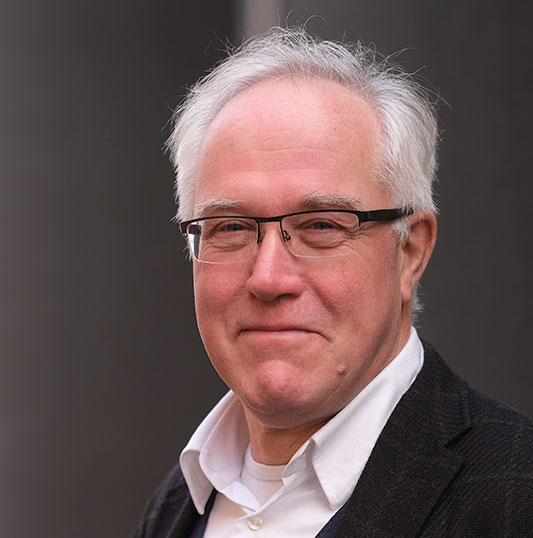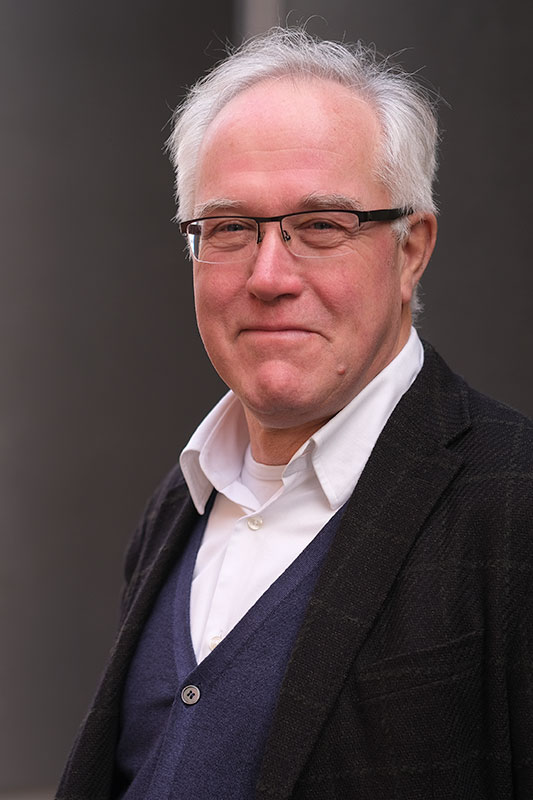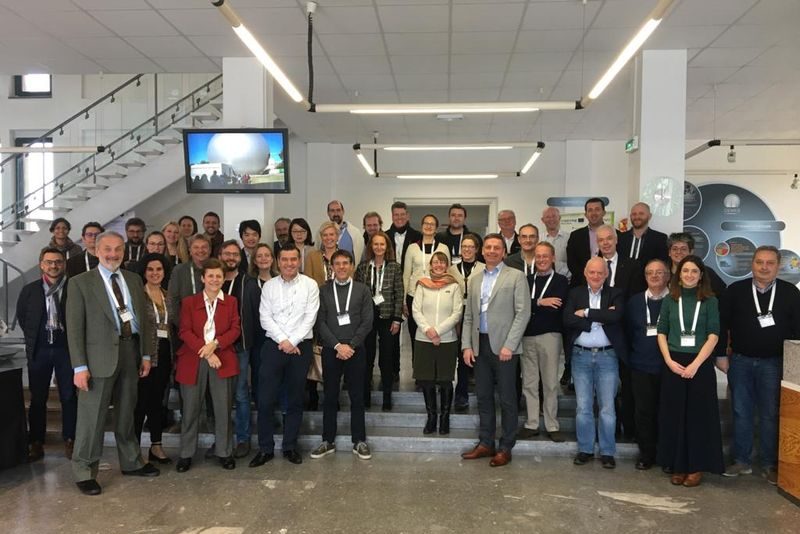
Installing the first Stream system in Singapore at the Nanyang Technological University

Standing next to the recently installed Stream system: from left, Dr. Anastasia Shebanova, Dr. Martial Duchamp and Jeffrey George from the Nanyang Technological University
We are happy to announce that the first ever Stream system in Singapore has recently been installed! For this event we interviewed Dr. Martial Duchamp from the School of Materials Science and Engineering at the Nanyang Technological University (NTU) in Singapore. In this interview, we discussed NTU’s advanced microscopy facility and the various applications that LPEM users are interested in, as well as how our Stream system has greatly benefited their research.
Can you tell me a bit about the microscopy facility at the Nanyang Technological University?
The Nanyang Technological University has a shared microscopy facility called FACTS (Facility for Analysis Characterization Testing & Simulation) that specializes in characterization in the field of electron microscopy and x-ray techniques. FACTS provides state-of-the-art electron microscopes and X-ray instruments as well as the expertise to operate them to all of NTU and beyond.
This shared facility was created around 20 years ago. Four years ago, we had an extension of the facility, and got two aberration-corrected transmission electron microscopes as well as a new building where these TEMs were installed. The first TEM is a JEOL JEM-ARM200F, and the second is the JEOL JEM-GrandARM that is both probe- and image-corrected. Moreover, we have some local technicians and engineers who take care of these microscopes and make sure the facility is running well.
What type of applications are Stream users at the facility interested in?
Users of the facility are interested in a wide range of applications. In regards to LPEM users, we are using the DENSsolutions Stream system to study the liquid-liquid phase separation (LLPS) aspect of biological systems. Specifically, we are interested in the process called coacervation, which involves starting with a mixed phase of polymer or proteins dispersed in a solvent, and by changing certain conditions like the pH, temperature or salt concentration you can go from this diluted phase to a solid phase via phase separation. We are particularly interested in phase separation in order to understand how we go from these diluted solutions of drugs or proteins to solid matter.
Aside from liquid TEM, I am also interested in using in situ and operando TEM to observe 2D materials and the evolution of these materials versus temperature, as well as solar cells and batteries.
Can you tell us who won the grant to acquire the Stream system?
Associate Professor Ali Miserez, the lead PI of the project titled “Phase Separation-Regulated Life, In and Outside of Cells”, was awarded the Ministry of Education (MOE) Tier 3 grant worth 8.5 million Singaporean dollars. This research programme aims to closely integrate the tools of cell biology and colloidal biochemistry with the framework developed in the materials science of polymer science, soft matter, and complex fluids. The goal is to unravel LLPS-mediated functional organization across multiple biological length scales. Part of this grant was used to acquire the Stream system.
This 5-year project started last summer, and we are just starting to employ new researchers. In fact, some students already started a couple months ago and we expect to have some more people joining.
What particular features of Stream attracted you to the system?
For our experiments, it was essential to find a way to control the flux of the liquid within the liquid cell in order to look at reactions or processes occurring on the location of the electron beam. This is something we were unable to do with previous generations of holders and chips. The DENSsolutions Stream system is the only system that allows you to completely control the liquid flux. This unique capability is what intrigued us most about the system.
Moreover, as a result of the Nano-cell’s special inlet-outlet design, we are also able to fully control the pressure and liquid thickness. Other features that we found very attractive include the control systems like the heating control unit and the pressure-based pump, which are considerably more elaborate compared to what we had in the past.
In your experience so far, how have you found the Stream system?
The assembly in regards to the closing of the cell is quite straightforward, and so far we have not had any leakage issues. Just by closing the cell, it becomes airtight, which is a great advantage of the system. Moreover, what I really appreciate about the system is the ability to have complete control over the flow of the liquid.

Dr. Martial Duchamp
Assistant Professor | Nanyang Technological University
Dr. Martial Duchamp is an Assistant Professor in the school of Materials Science and Engineering at the Nanyang Technological University in Singapore. His research interests include the development of innovative operando TEM methods for application to solar cells, batteries and fuel cells devices, as well as obtaining a fundamental understanding of 2D materials to reveal their unprecedented electrical properties at local scale.
Learn more about Stream:
Discover Martial Duchamp’s publications:
Discover publications made possible by Stream:













